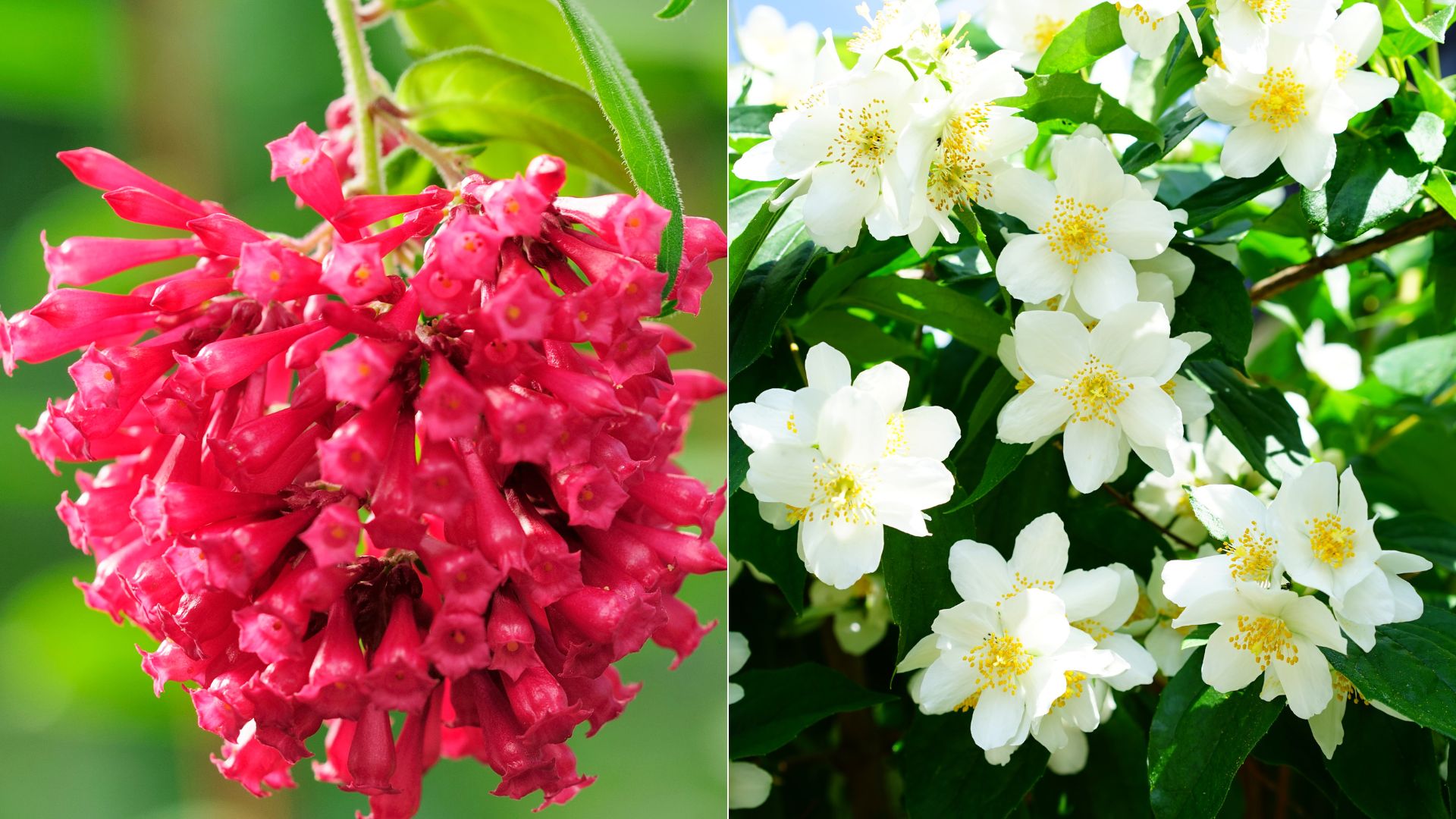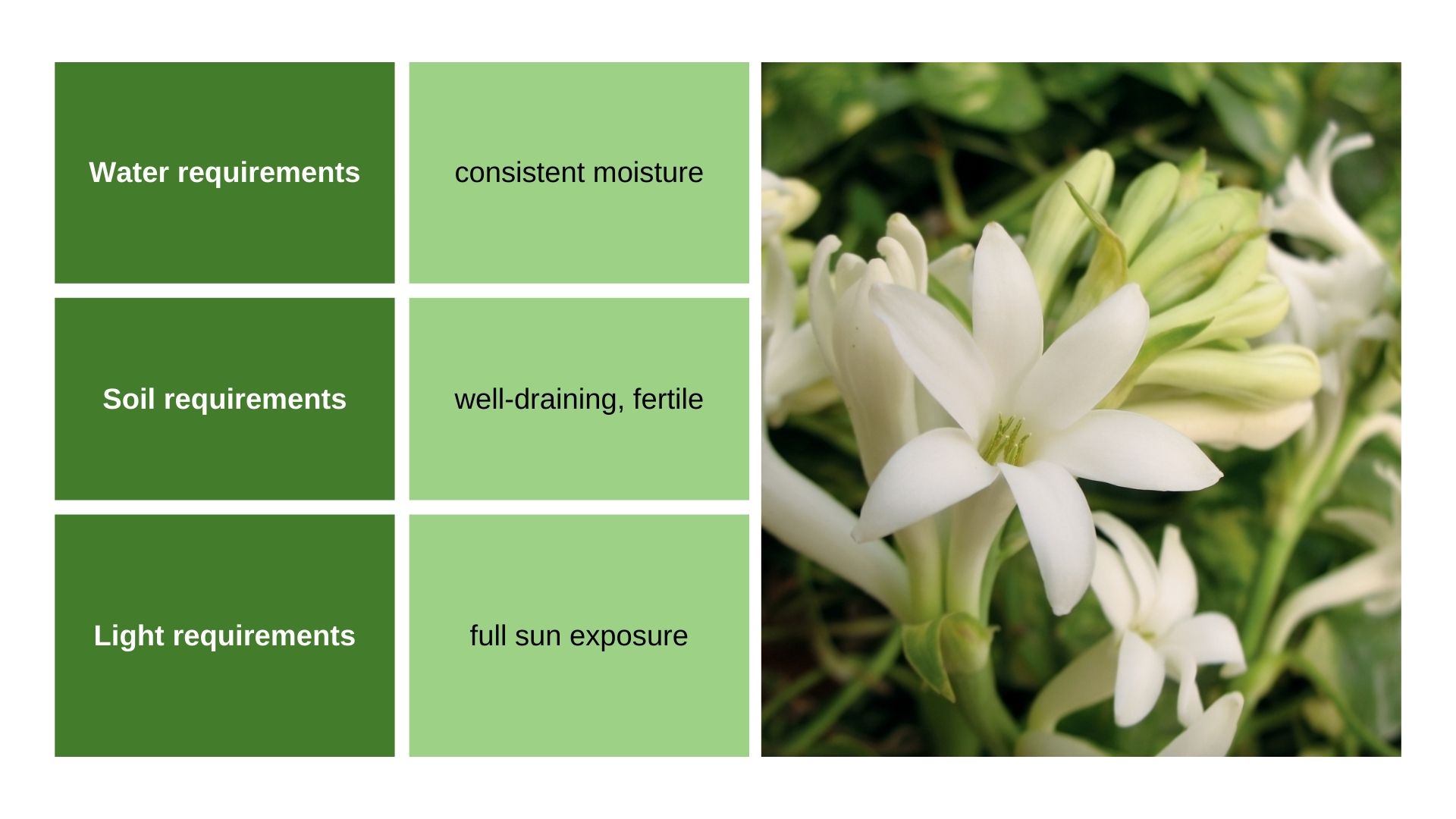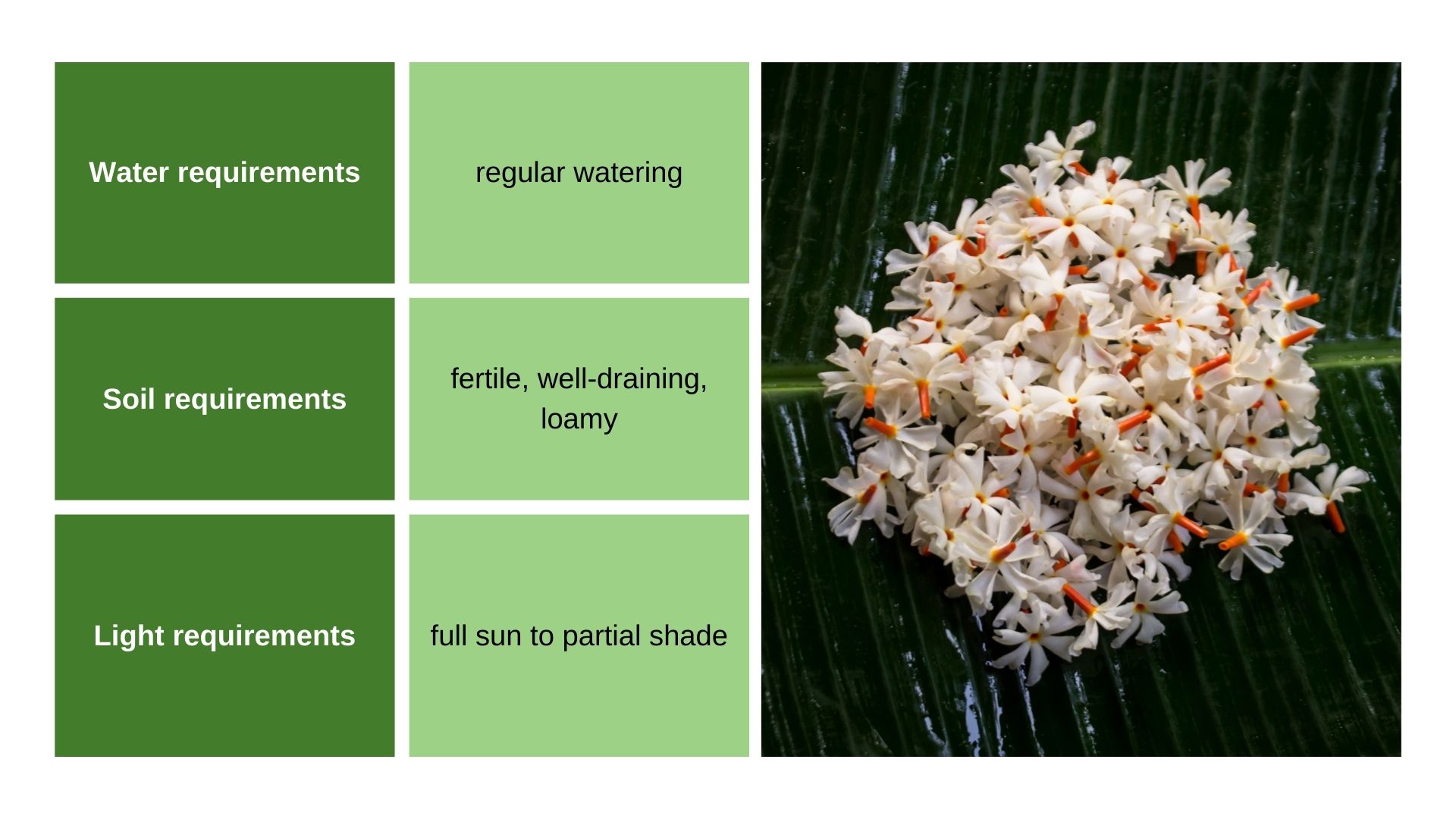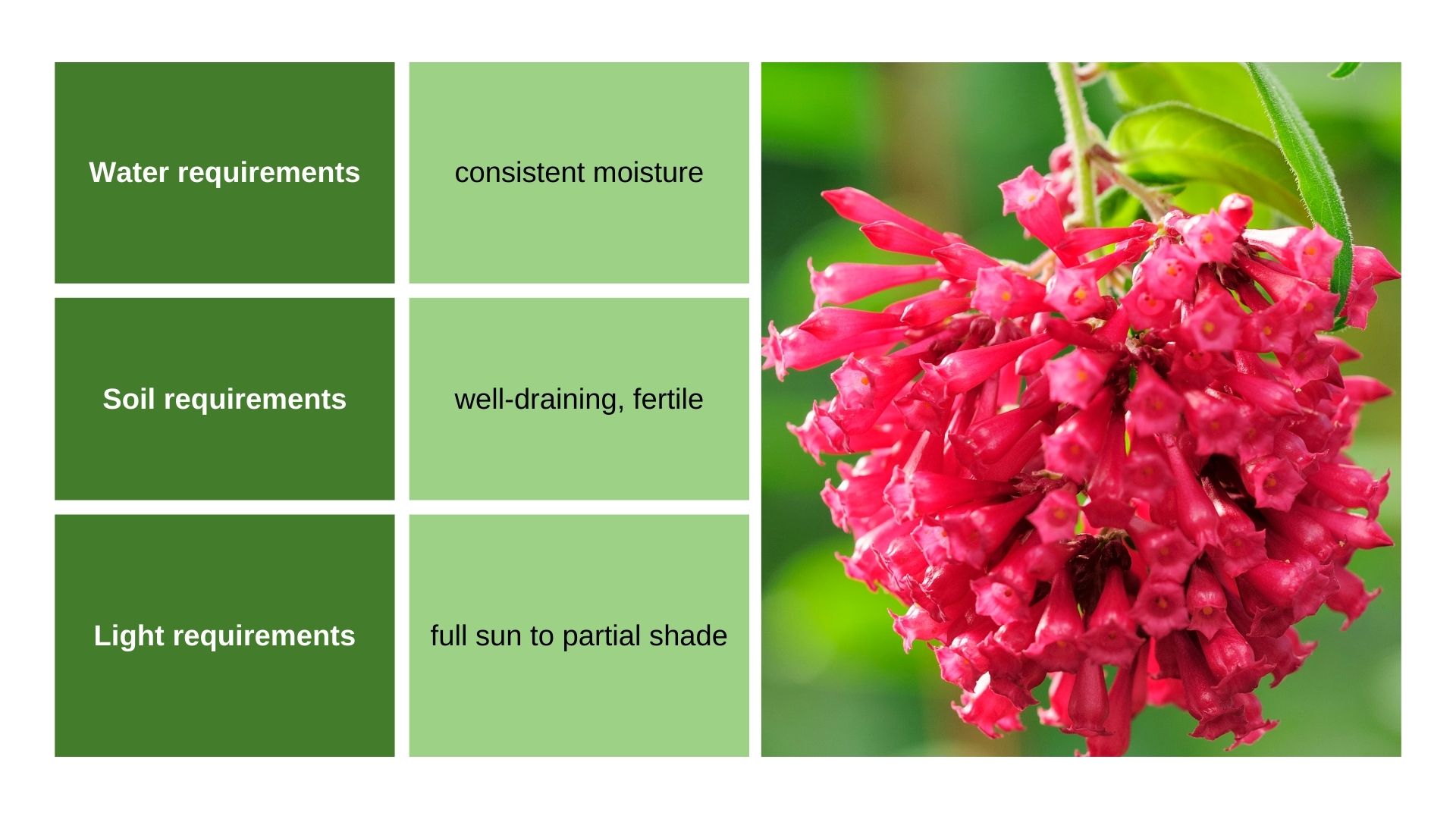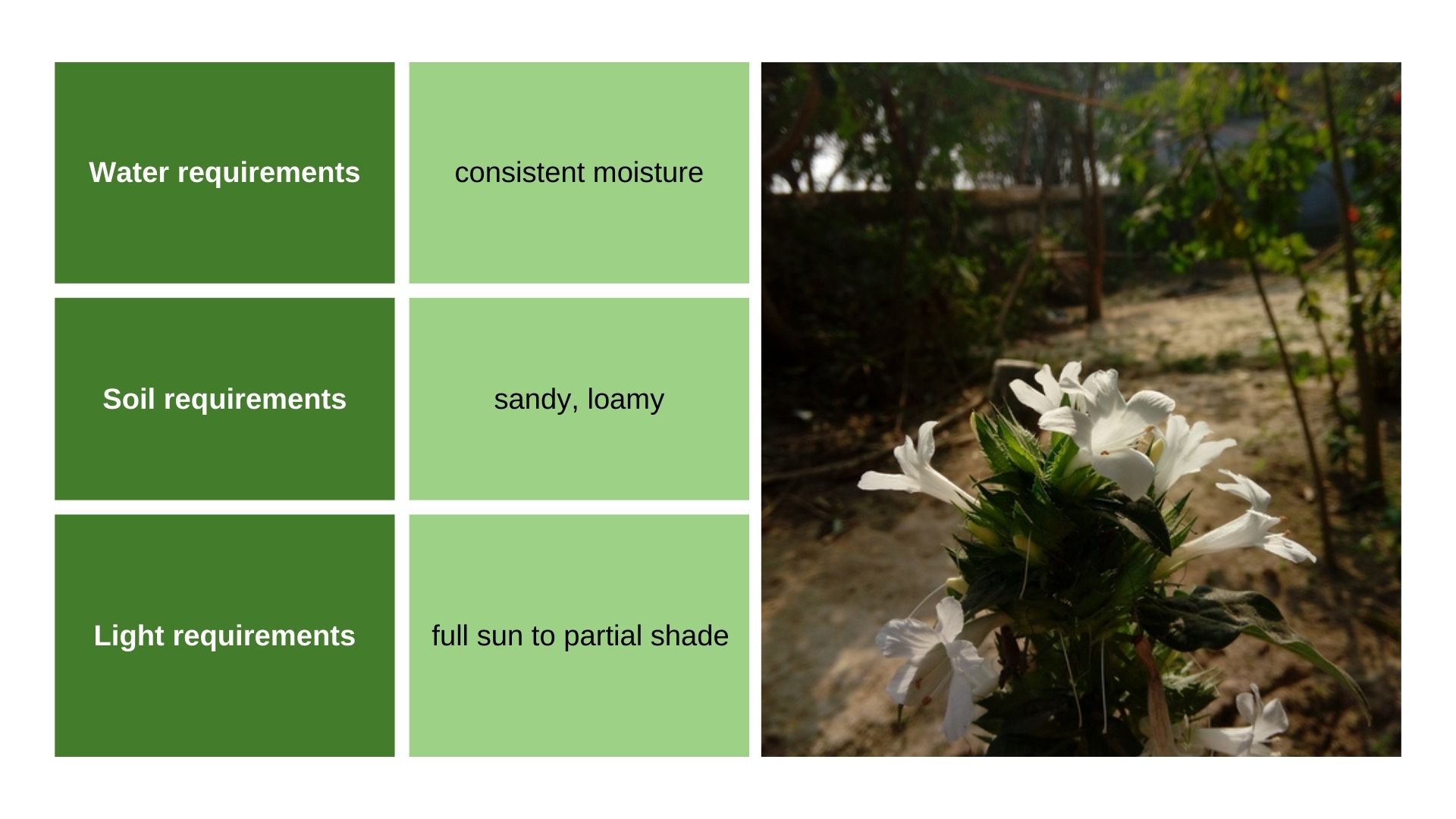If you want your garden to have the most enchanting fragrance, then you should definitely grow some of these fragrant flowers!
Not only are these flowers going to fill your garden with the most amazing aromas, but they will also make it look more lively thanks to their vibrant colors. Plus, these fragrant flowers are super easy to grow, so it’s kind of a win-win-win situation!
Keep reading to find out more about these mesmerizing flowers, what they look like, and also how to grow them.
1. Tuberose
Tuberose is a beautiful perennial known for its incredibly sweet and captivating fragrance. Native to Mexico, this plant produces tall, slender stems with clusters of white, tubular flowers
Each flower exudes a rich, heady scent that is both exotic and intoxicating. Tuberose flowers are often used in perfumes and for creating romantic floral arrangements due to their alluring fragrance and elegant appearance.
It’s important to keep tuberoses in full sun (they should receive at least 6 hours of sunlight daily). Water them frequently to keep the soil moist – don’t overdo it or you’ll end up with an overwatered tuberose.
Make sure that your tuberose grows in well-draining soil that is enriched with organic matter. Tuberose are quite sensitive to cold temperatures and grow best in USDA hardiness zones 8 through 10.
You might also be interested in: 7 Scented Garden Ideas For Creating A Fragrant Oasis
2. Rose
I bet that you expected to see roses on our list of the most fragrant flowers!
They are conic flowering shrubs and climbers known for their captivating fragrance, diverse colors, and timeless beauty. With thousands of varieties available, roses come in various forms, including bushy, climbing, and miniature.
Their blooms can range from classic reds to delicate pinks and pure whites. Roses are cherished not only for their visual appeal but also for the wide range of scents they emit, from fruity and spicy to sweet and musky.
You can even use rose petals to make potpourri or rose infused oil. If you are crafty, then I would recommend you make your own rose perfume!
When it comes to rose growing requirements, you should plant them somewhere nice and sunny. Roses are plants that need well-draining soil rich in organic matter. Don’t forget to prune them to maintain a neat shape and encourage healthy growth.
3. Jasmine
Jasmine is a group of fragrant flowering plants suitable for cultivation in your home garden. These elegant plants are known for their delicate, star-shaped white flowers and sweet, floral scent.
There are various jasmine species, including common jasmine (Jasminum officinale) and Arabian jasmine (Jasminum sambac), both of which are prized for their fragrance. Most of them are climbing plants that can add a touch of beauty to any garden.
These aromatic plants can grow in both full sun and partial shade (though this depends on the species). Don’t forget to water them and keep the soil consistently moist. Jasmine requires slightly acidic to neutral soils that drain well.
If you own a Madagascar jasmine, then you might be interested in: How To Grow And Care For Madagascar Jasmine
4. Nyctanthes
Nyctanthes, also known as Parijat, is a small to medium-sized shrub native to Southeast Asia. It is especially well-known for its fragrant, star-shaped white flowers, which bloom at night and drop to the ground by dawn.
These flowers have a strong, sweet aroma, and they are often used in traditional Indian and Southeast Asian rituals. You can easily grow them in pots, although they need regular pruning.
Nyctanthes prefers full sun to partial shade. Plant them in well-draining soil with good fertility. It thrives in warm and tropical climates, typically in USDA hardiness zones 10-11.
5. Cestrum
Cestrum is a lovely shrub that produces tubular flowers with a mesmerizing fragrance. Their scent is often described as sweet and intense, and it can be particularly strong in the evening.
If you grow it in a pot, then you will have to prune it regularly. Cestrums usually grow in zones 8 through 11, and they can adapt to both full sun and partial shade. Keep them in fertile soil that drains well.
You might also be interested in: 58 Colorful Plants And Flowers For A Stunning Garden Display
6. Magnolia
Magnolias, with their robust growth and large flowers, are one of the privacy plants that will turn your yard into a hidden paradise. Plus, they are probably one of the most fragrant flowers you can find!
Magnolias come in various species and cultivars, each with its own unique fragrance, ranging from lemony and citrusy to sweet and floral.
These shrubs often require full sun, but they can also adapt to partial shade. It’s important to water Magnolias frequently, especially during the establishment phase. Also, plant them in well-draining soil rich in organic matter.
Magnolias can adapt to different USDA zones, depending on the cultivar; therefore, make sure to choose one suitable for your climate.
7. Ketaki
Ketaki, also known as the Screw Pine or Indian Kewda, is a tropical plant with fragrant, pineapple-like leaves and unique, fragrant fruits. It’s native to Southeast Asia and well-known for its delightful aroma, which is often used in perfumes and religious ceremonies.
The sweet and tropical fragrance of Ketaki is predominantly emitted from its unusual fruits. The scent is often described as floral, fruity, and exotic.
Kewda plants naturally grow in marshy regions and require constant moisture and high humidity, but also full sun to partial shade. These plants can tolerate different soil types, although proper drainage is required.
Ketakis thrive in tropical and subtropical climates, typically in USDA hardiness zones 10 through 11.
If you are into Japanese aesthetics, you’ll like this article: 14 Japanese Indoor Plants That Portray Japanese Aesthetic

